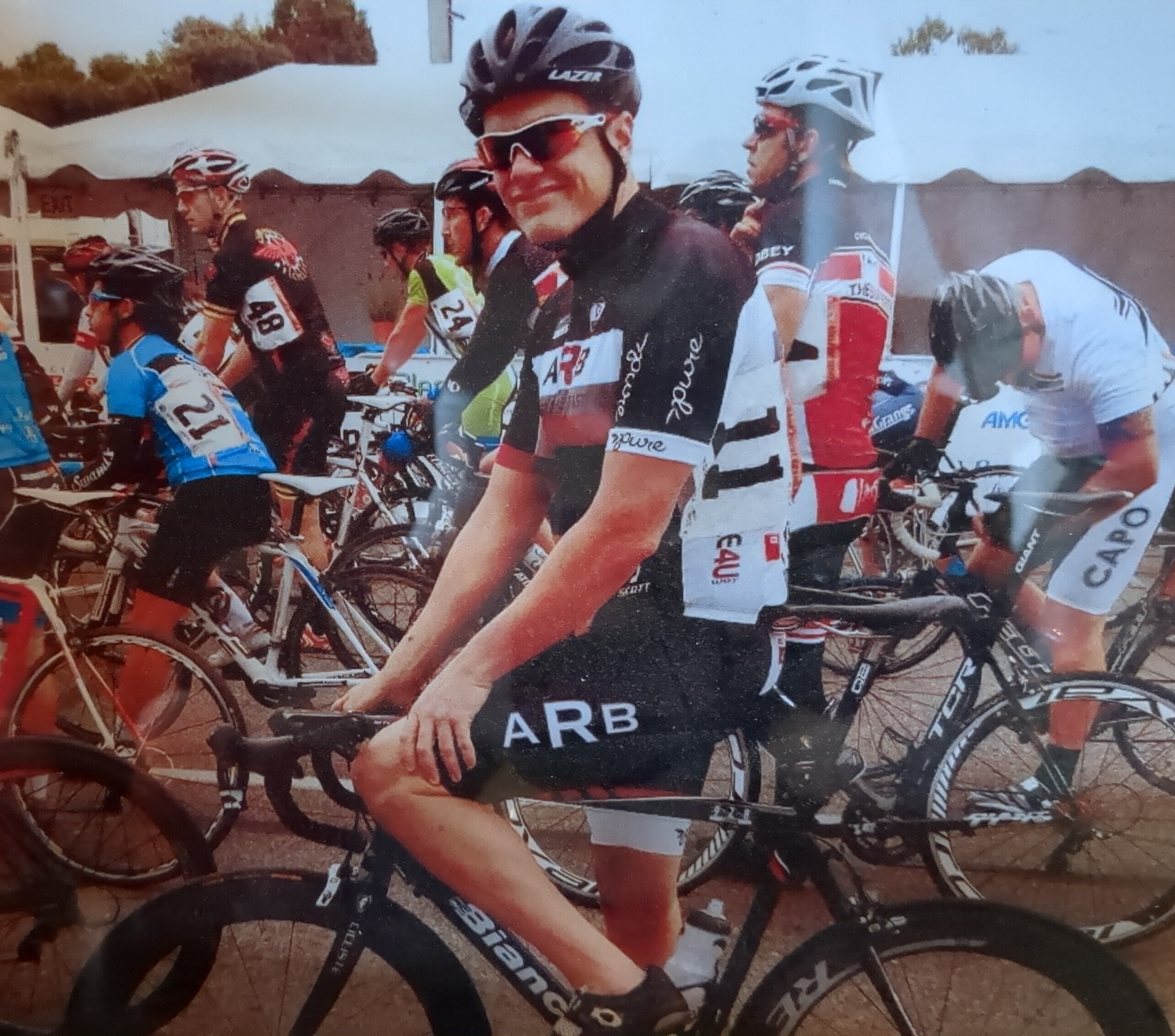I’ve been watching the Solder Smoke direct conversion receiver challenge build and thinking of maybe building it from parts I already have laying around… assuming I wind my own toroids. I haven’t noticed anyone talking about antenna stuff. What is the deal here?
This is the principal video series primer: https://www.youtube.com/watch?v=rLjxU2rMeXw
It is also on hackaday too.
Is there some rule about antenna where a more specialized element is required at specific frequencies? I know I’m missing fundamental practical information here as the wave length for 7 MHz is around 43 meters. Even a quarter wave length would involve a house spanning wire. So what gives, what high school fundamental have I forgotten?


it depends on whether you want to transmit or not. if not, you can just use random wire antenna
random wire antenna is exactly what it says on the tin - length of random wire strung up as high as you can, as long as you can make it work. the other part is ground, where you might want to lay some lengths of wire and connect them in a single point, to act as radio ground. it won’t have right impedance (probably 50 ohm) but for receive, this is ok - it’ll be probably usable, and you can amplify signal without penalty because amplifier noise will be much smaller than atmospheric noise already present. the amount of power bouncing around is tiny and can’t damage anything
if you want to transmit, you’ll need more elaborate antenna. what you can use depends on whether do you have a tuner like neidu3 describes or not. if you do, common choice is doublet which is a specific length of wire connected to tuner with a 400-ohm parallel line. if you don’t, common choice is halfwave dipole which is halfwave long, and put as high as you can get, either vertical or horizontal, but for practical reasons mostly horizontal, or monopole, that is quarterwave long, but requires lots of wire on ground to act as radio ground. you can make them shorter using coils, but this makes bandwidth narrower. in any case, it’ll be need to be tuned to your band in question, for which you need a tool like nanoVNA. tuner also narrows your bandwidth, but you can retune it so it doesn’t matter that much. (it’c called instantaneous bandwidth)